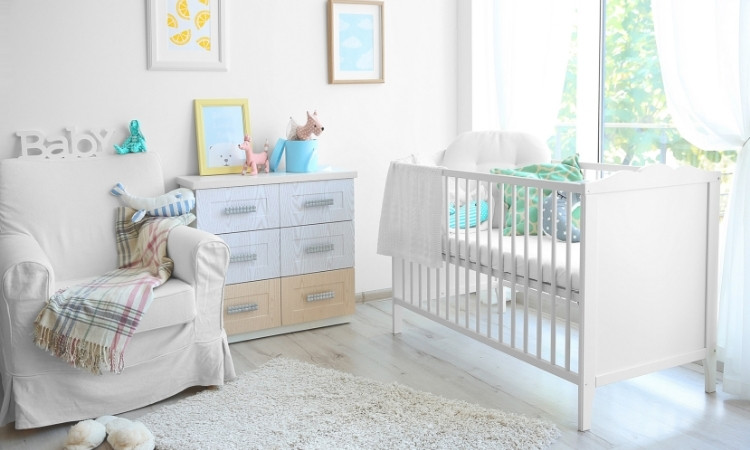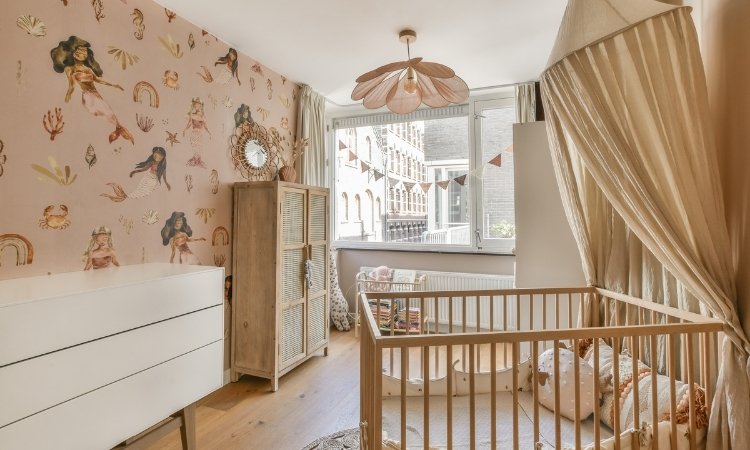When you paint furniture for a baby nursery, you need to be extremely careful with every step. Painting furniture for a baby nursery is a great way to create a safe and beautiful space. Choosing the right paint and following the proper steps is crucial to ensure the furniture is safe for the baby. In Singapore’s humid climate, selecting the right materials also prevents long-term damage. This guide explains how to paint nursery furniture effectively.
How to Paint Furniture for Baby Nursery in Singapore?
Painting furniture for a baby nursery in Singapore is a simple task if you follow the instructions given by PS Painting Services Singapore. They also provide interior painting, wall painting, room painting, and complete house and HDB flat painting services in Singapore. Therefore, if you feel unsure about any step, feel free to consult them about baby nursery furniture painting.
Choosing Safe Paint
Safety is the top priority when you paint a baby crib. Use non-toxic, low-VOC (volatile organic compounds) or zero-VOC paint to avoid harmful fumes. Water-based paints are a good choice as they have fewer chemicals. You need to check the labels to confirm the paint is baby-safe. Using lead-free and odor-free paints ensures a healthy environment, which is essential in a nursery.
Preparing the Furniture
The first step is to clean the furniture with a damp cloth to remove dust and dirt. Sand the surface to smooth rough areas and remove old paint. Wipe off the dust with a dry cloth. If the furniture has a glossy finish, sanding helps the new paint adhere better. Ensure the workspace is well-ventilated to allow proper drying.

Applying Primer
A primer helps the paint stick better and last longer. Choose a water-based primer that is safe for baby furniture. Apply a thin, even coat and let it dry completely. Priming is essential to cover stains and ensure an even paint finish.
Paint Furniture for a Baby Nursery
Use a high-quality paintbrush or a small roller to apply the first coat of paint. Apply thin layers to prevent drips. Let each coat dry before adding another. Two to three coats ensure good coverage. Avoid painting in humid conditions as it results in slow drying.
Sealing the Paint
A sealant protects the paint and makes cleaning easier. Choose a non-toxic, water-based sealant that is safe for babies. Apply a thin layer and let it dry completely. A sealant enhances durability and prevents chipping.
Letting the Paint Cure
Freshly painted furniture needs time to cure before use. Therefore, it is essential to allow at least a week for the paint to harden fully. Moreover, keep the furniture in a well-ventilated room to speed up the curing process. This step prevents paint from becoming sticky and ensures a smooth finish.

Placing the Furniture in the Nursery
When the paint is fully dry, place the furniture in the nursery. Arrange it away from direct sunlight and moisture to prevent damage. Ensure there are no sharp edges that could harm the baby. Regularly wipe the furniture with a soft cloth to maintain its look.
Conclusion
You need to plan carefully if you want to paint furniture for a baby nursery in Singapore. Being thoughtful of the above factors ensures a long-lasting and healthy finish. With the right approach, painting nursery furniture can be a rewarding project that adds a personal touch to the baby’s space.

